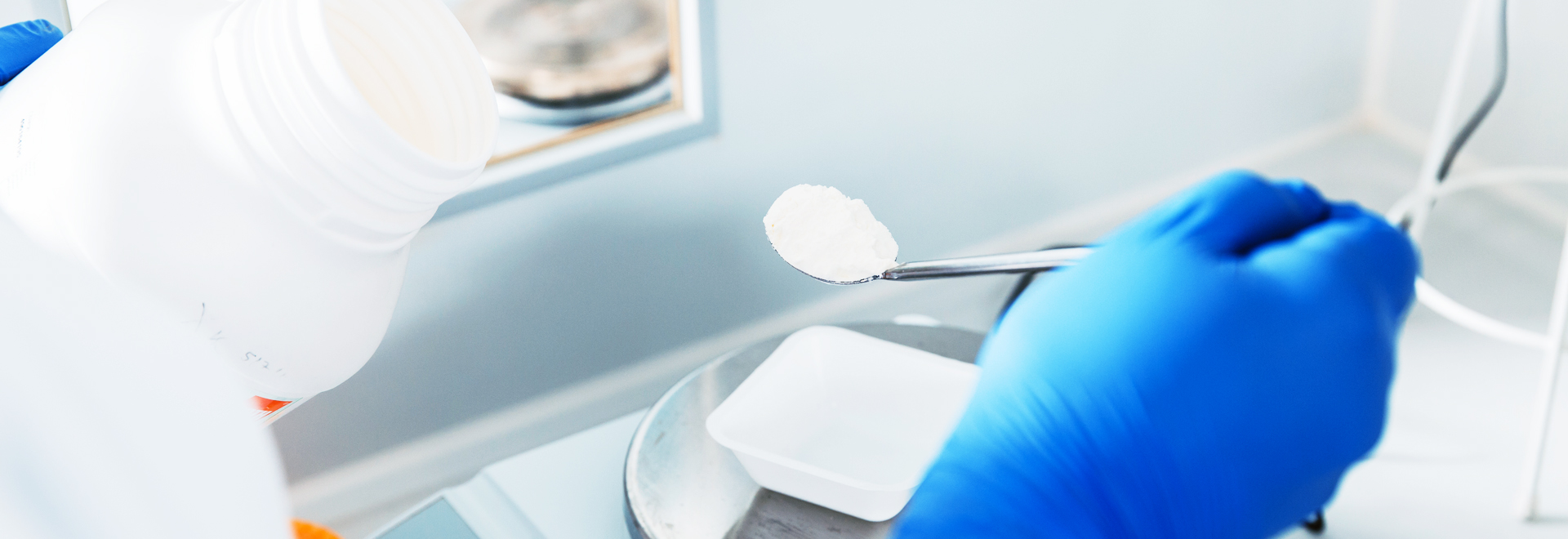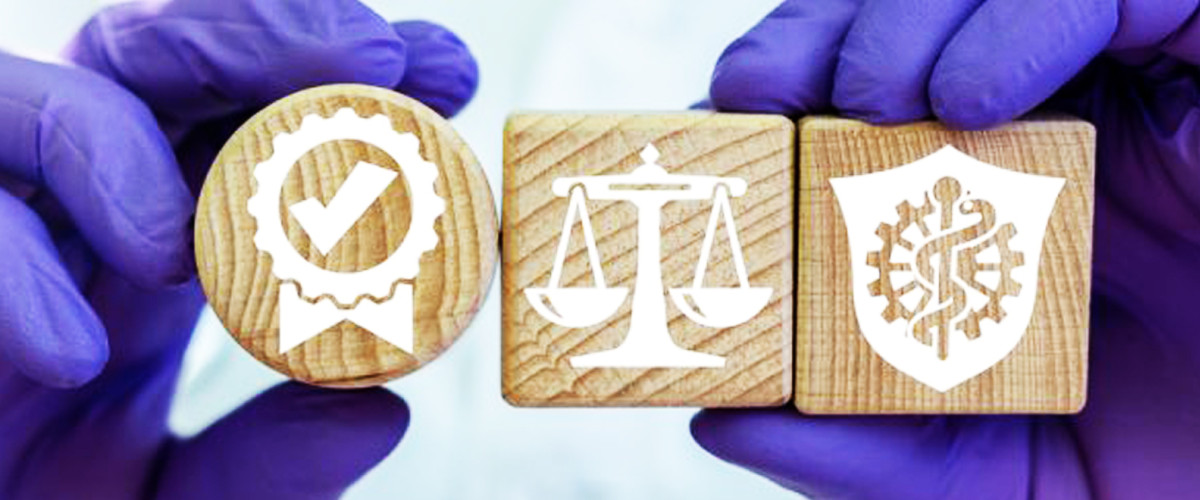Gibertini Elettronica: Ensure compliance with the new European Pharmacopoeia (chap. 2.1.7)
Our metrology services ensure and always guarantee the best weighing performance for your laboratory balances.
For all chemical-pharmaceutical laboratories
In the Chemical-pharmaceutical sector or medical device manufacturing, the weighing, dosing or quality control phase are a critical control point of the production process.
The Gibertini Elettronica Metrological Laboratory offers a complete range of necessary services for the control and certification of weighing instruments and microdosers (pipettes) in every chemical-pharmaceutical laboratory. Our service operates in full compliance with the current regulations of both the European Pharmacopoeia ( Ph.Eur 2.7.1 ) and the United States ( USP41 ):
This demonstrate compliance for your instruments during the Audits, with all the requirements for quality to keep the production process under control:
The news in European Pharmacopoeia chapter 2.1.7
The European Pharmacopoeia (PhEur) is the pharmaceutical code that harmonises the main official European pharmacopoeias, providing recognized common standards on the quality of medicines. The aim is to ensure equal quality parameters for medicines at European level.
In November 2020, a new general chapter was adopted: Balances for analytical purposes (2.1.7) . This addition was published in July 2021 as part of the 10.6 supplement and went into effect the following November 2021. It describes principles for the use of balances used in analytical procedures.
This means that all companies in the countries adopting the European Pharmacopoeia must comply with certain requirements relating to the weighing phase of their production process which through certain types of tests, from repeatability to linearity, allow you to know with certainty the performance of the scale:

The requirements of chapter 2.1.7 of the Ph.Eur
Pharmacopoeias are collections of recognized and binding standards that specify, test requirements and methods for drug analysis. Both the European Pharmacopoeia (Ph. Eur.) And the United States Pharmacopoeia (USP) contain specific chapters dealing with the use of analytical balances. The chapters underline the criticality of weighing samples in pharmaceutical analytical processes.
Performance
The scales must be calibrated regularly and verified by conducting performance tests between one calibration and the next, to ensure compliance with the required standards . The Laboratory must define their frequency in the quality management system. The frequency of calibration must be adapted to the criticality of the application.
Calibration
Calibration by the operator or a suitable service provider must be performed regularly.
The purpose of the Calibration is to ensure the traceability of measurement results against national standards.
In this case, calibration by an ISO 17025 accredited laboratory is recommended, as the calibration certificates of a LAT ACCREDIA center are internationally recognized as proof of traceability.
To ensure the traceability of the measurement results after adjustment or maintenance, repair or a change of position of the balance, "as Found" calibration is required. Gibertini offers the calibration service : "as Found" and "as Left" . Both the "as Found" (as found) and "as Left" calibrations are documented in the calibration certificate.
Performance test
The purpose of the performance test is to determine the random and systematic error of a scale and then verify the accuracy and accuracy of the balance. In this context, two performance tests are required as per Chapter 2.1.7:
Before sensitivity test, it is always necessary to calibrate the instrument (if possible with internal calibration). For this test according to Ph. Eur. the result is first rounded and then the comparison with the acceptance criterion is made.
Repeatability
When weighing small quantities, the measurement uncertainty of the scale is determined in particular by the standard deviation.
The requirement determined by repeatability limits the weighing range to a usable working range by defining a minimum weight. The weighing of the sample below the minimum weight cannot be validated.
The repeatability test of chapter 2.1.7. is largely identical to the repeatability test described in chapter USP41.
The only significant difference is the test load to be used. In accordance with chapter 2.1.7. of Ph. Eur., this should be ≤ 5% of max but at least 100 mg.
repeatability according to USP41 does not explicitly require the use of a small weight because repeatability is assumed to be independent of the test load used. Chapter 41 only requires that the test load be within the working range (i.e. not less than the minimum sample weight).
When determining the standard deviation, the test weight is weighed at least ten times in a row, with zeroing between each weighing.
In Ph.Eur.2.1.7, As per chapter 41 of the USP, repeatability is considered satisfactory if twice the standard deviation of the measured values divided by the minimum net weight is not greater than 0.10%.
In the case of a standard deviation of less than 0.41 d, the standard deviation is replaced by 0.41 d here, so that the minimum sample weight on a scale cannot fall below 820 d.
Sensitivity
The accuracy of the balance is checked during the sensitivity test.
An acceptance criterion of 0.05% applies to sensitivity tests.
As with the accuracy test in Chapter 41 of the USP, the sensitivity test is a general requirement, ie if the requirement is not met, the scale is not usable in its current state.
During the test, a one-piece test weight ≥ 5% of the instrument capacity is placed on the scale once . If the deviation (difference between the reading of the instrument and the conventional value of the certified mass) is in the range ≤ 0.05%, the test is considered passed. The requirements for the test weight are identical to the requirements of chapter 41 of the USP, e.g. test weights of accuracy classes F1 (according to OIML R111) or Class 4 (according to ASTM E-617) are generally sufficient. < / p>
Instruments with internal calibration
Chapter 2.1.7. of the European Pharmacopoeia, explicitly recommends the use of instruments with internal calibration. Their use can reduce the frequency of sensitivity tests with external reference weights. When using an instrument with internal calibration, no daily sensitivity check is required.
However, Chapter 2.1.7. recommends performing a sensitivity test regularly with an external test weight.
Who is the general chapter 2.1.7 of the European Pharmacopoeia for?
The European Pharmacopoeia (PhEur) is the reference code for drug control in 39 European countries. It is binding on pharmaceutical companies from all over the world wishing to export to the European market. Similar to the USP in the United States, it is implemented by regulatory bodies in compliance with GMPs (Good Manufacturing Practice).
How Gibertini Elettronica can support your Laboratory?
Our metrological laboratory offers ALL the services necessary to satisfy your requests in compliance with the requirements of the law and quality standards laid down by the European Pharmacopoeia, the United States and beyond, relating to laboratory balances.
We are ACCREDIA ISO 17025 accredited as a LAT 094 Calibration Laboratory for scales and microdosers
On request we can provide all the tests and calibrations required by the European Pharmacopoeia but also US (USP 41) :

